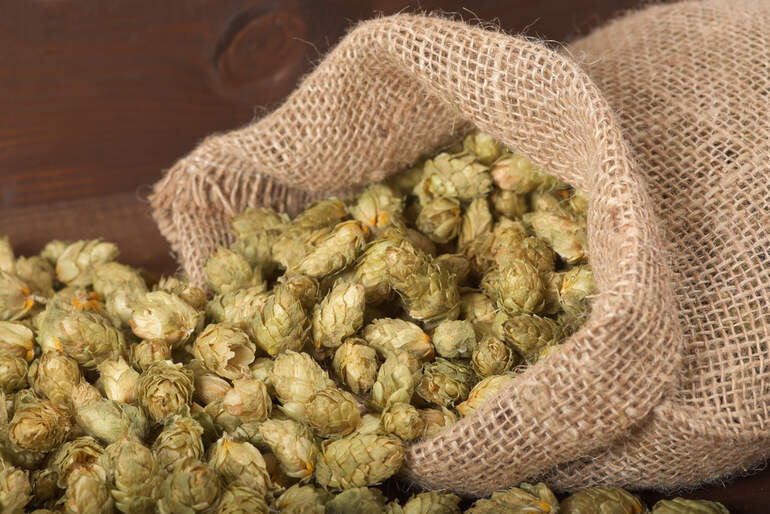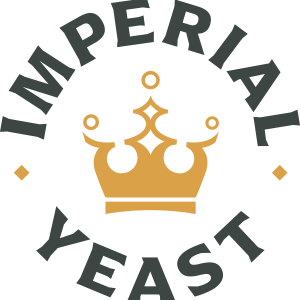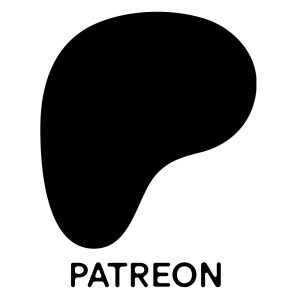It’s a truth every brewer eventually stumbles upon – dry hopping can be magical… or messy. Drop your hops in too early, and they’re lost in the fermenter fog. Add them too late, and your brew might lack the bite or brightness you’re chasing. But when exactly is the right time to dry hop for maximum beer flavor and aroma?
As it often happens in such an artistic domain as beer brewing, the question has turned from a homebrew experiment into a full-blown investigation. And if you’ve ever found yourself obsessing over your beer’s hop profile like someone trying to find a reliable new Czech online casino 2025, you’re not alone. Turns out, brewing science backs up the idea that timing isn’t just a detail – it’s one of the core elements that define your final product.
Let’s dive into the research, the rumour, and the real-life results when it comes to this cornerstone of beer brewing.
First Things First: What’s Dry Hopping?
Before we start dissecting timeframes, let’s clear the fog: Dry hopping means adding hops after the boil, usually during or after fermentation. Unlike traditional hop additions during the boil (which primarily bring out hop bitterness), dry hopping is all about extracting those delicate aroma compounds and volatile flavor compounds that get destroyed by high heat.
This is where the hop world opens up like a flavour jungle – everything from citrusy pops and floral hints to dank, resinous funk is in play, depending on your hop variety and timing.
Early vs. Late Dry Hopping: What’s the Deal?
Alright, onto the meat of it. Brewers generally fall into two camps: early dry-hoppers and late dry-hoppers.
Early Dry Hopping (Primary Fermentation)
Some swear by dropping hops during the active fermentation phase. The idea is to get something called “biotransformation,” where yeast and hop oils interact to produce a new, unexpected hop flavor profile.
Pros:
- Enhanced complexity.
- Juicy, almost fruit-forward results.
Cons:
- You might lose some hop aroma to CO₂ scrubbing as fermentation is still bubbling like mad.
Late Dry Hopping (Post-Fermentation)
Then we have the late-hoppers – those who wait until fermentation has calmed, typically dry hopping in the cold crash or conditioning phase.
Pros:
- Big, clean hop aroma, with minimal loss of those volatile flavor compounds.
Cons:
- Less biotransformation magic. You might miss out on some richer, rounder layers.
What the Science Says
When scientists got their beakers into dry hopping techniques, they confirmed what brewers had long suspected: yes, timing matters.
According to a study published in the Journal of the American Society of Brewing Chemists, dry hopping in primary fermentation tends to create more hop-derived esters and polyfunctional thiols, both of which enhance juicy hop flavor. Meanwhile, late dry hopping retains higher levels of monoterpene alcohols, which contribute to sharper, more intense hop aroma.
Put simply: early hopping = juicy depth; late hopping = punchy nose.
There’s also a thing called “contact time.” Longer doesn’t always mean better. Most of the useful hop oils and aromatic goodies are extracted within 24-48 hours. After that, you’re risking grassy or vegetal notes from excessive hop utilization.
Best Practices for Brewers (Home and Pro Alike)
You don’t need a lab to make it work – you just need a plan. Here’s how to maximise your dry hop:
- Split Your Hop Additions. Want the best of both worlds? Try splitting your hop additions – drop some early to get those biotransformed juicy notes, and the rest late for that nose-tingling aroma.
- Control Contact Time. Stick to 2-3 days max, especially for cold-side hopping. Use a bag or mesh to remove the hops cleanly.
- Choose the Right Hop Variety. Not every hop behaves the same. Citra, Mosaic, and Galaxy are popular for dry hopping due to their high oil content and expressive hop characteristics.
- Temperature Matters. Dry hopping too cold (<5°C) slows oil extraction. Too hot (>20°C) increases the risk of grassy flavors. Keep it between 10–15°C if you can.
- Minimize Oxygen. Oxygen is the enemy. Try to add hops under a CO₂ blanket or purge your vessel if possible to avoid oxidising those precious aroma compounds.
So, Does Timing Matter?
Short answer: Yes, it does.
Long answer? Timing shapes everything – from your beer’s flavor compounds, to its hop aroma, to its balance of juice and bite. It’s not just about when you add hops; it’s about why, how, and how long.
Just like there’s no single way to win at sports predictions all the time, there’s no “one way” to dry hop. But by understanding the science and testing different brewing methods, you give yourself the tools to create something spectacular.
Final Sips
At the end of the keg, dry hopping is one of the most creative, customisable tools in modern beer brewing. It’s chemistry, timing, and artistry all in one.
Want something big and juicy? Go early. Chasing sharp aromatics? Hop in late. Fancy both? Split it. With the right dry hopping techniques and a feel for your hop variety, the sky’s the limit for your next brew.
Or at least until you run out of fermenters.









2 thoughts on “The Science of Dry Hopping: Does Timing Matter?”
Interesting. I’ve developed an easy and quick method using a keg for fermentation with a spunding valve for natural carbonation and serving, so I don’t open the lid. This means I can only add the hops at pitching. I don’t think it’s been a problem, though I guess I never get the floral aspects!
Two to 3 days before you want to serve the new beer from your keg, make a supercharged batch of dry hopped (leftover) beer. Then filter and spike your new beer with it. You can make smaller batches of you want to experiment with different hops. Your beer will look like a hazy new england IPA.